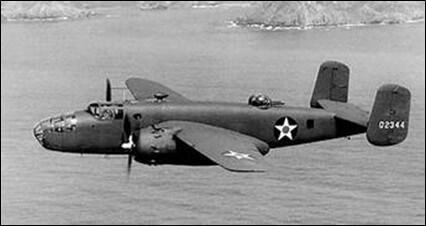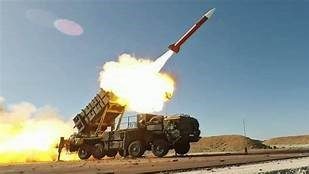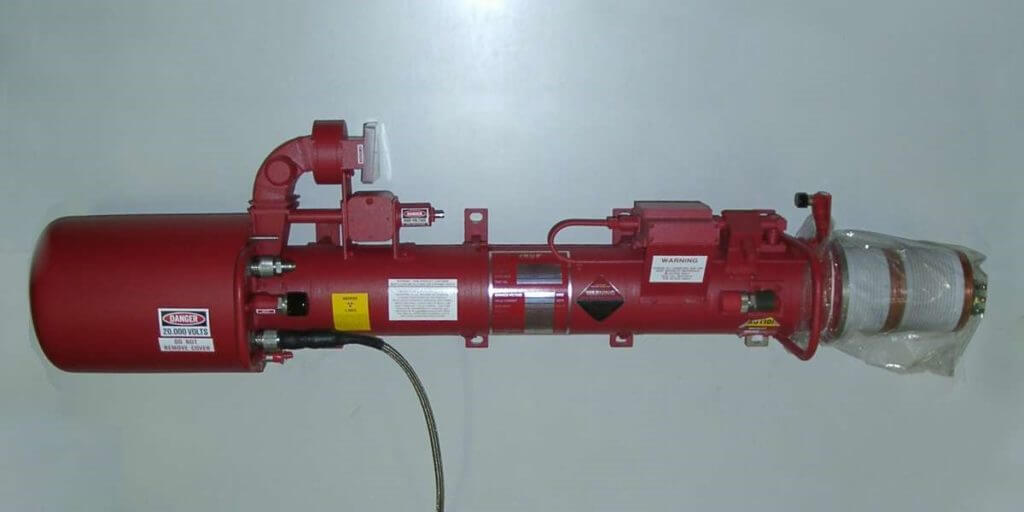I have been a fan of aircraft since I was a child. During elementary school, I was fascinated by military fighter jets. To learn more about them, I built over 20 aircraft models, some electric and gas-powered using the basic kits from Cox, Tamaya, Testors, and Revell. My love for aircraft makes me passionate about many of our Elcon products that support commercial and military aircraft. For this month’s blog post I would like to highlight a special set of Elcon Precision photo etched products that primarily protect our military aircraft from surface to air missiles (SAM) and air to air-based missile threats.

Figure 1. Historical photo of a B-25 Mitchell from WWII. Captain Raymond Dyer of the US Army Air Corps piloted one of these from 1944 to 1945
I am proud to say that the United States produces the most capable and technically sophisticated military aircraft in the world. Our military pilots who fly in combat are true heroes since they have both a stressful job and important missions to complete.
In the early 1980s, my twin brother Ken and I had the opportunity to spend the entire summer with my uncle, Raymond Dyer, in Little Ossipee Lake, Maine. Uncle Ray was a pilot and told us stories about flying his B-25 Mitchell over Italy during WWII (see Figure 1). He flew for the US Army Air Corps, now called the US Air Force/Space Force for 2 years, ending his deployment in 1945. He was based in Italy and had tales of hair-raising missions where the bomber pilots had to deal with multiple and simultaneous ground and air-based threats. It is amazing that he and his crew were kept safe through the end of the war. Ray is 96 now and living in Florida. Recently he vividly described flying his B-25 on its return voyage to the USA over the Sahara Desert (sand at 9000 ft plugged his air filters). His survival was a testament to the technical superiority and durability of US-made fighter aircraft that complemented the strong character of the pilots and crew that flew them in combat. In those days, aircraft did not have to worry about smart surface to air missiles like the MIM-104 Patriot missile in Figure 2. Missiles in general, and there are many types, are the bane of all military aircraft.
How do aircraft pilots protect themselves, their aircraft, and crew from advanced missile threats? It turns out that some primitive heat-seeking missiles can be easily confused by flares. More sophisticated missiles use invisible microwave signals, like sonar, to track, close and destroy target aircraft. Tracking of the aircraft is done using microwave frequency doppler shift algorithms. When closing on the aircraft, the reflected frequency from the target aircraft to the missile is higher than the transmitted frequency. The movie Top Gun overused the term “missile lock” without properly defining it. In summary, missile lock is when a missile transmitting a microwave tracking signal locks onto the aircraft you are attacking to shoot it down. Missile lock is only a good thing if your missile locks onto an enemy aircraft.

Figure 2. Radar Guided MIM-104 Patriot Surface to Air Missile (SAM)
There is a countermeasure device on aircraft that will thwart a microwave-based missile lock threat. The core of this device is a traveling wave tube amplifier (TWT). It is a vacuum tube comparable to the traditional 6AN8 guitar amplifier tubes Ken and I would play with in younger years when Radio Shack still sold electronic parts. There are two types of vacuum TWTs, the first is a helix based TWT and the other is a Coupled Cavity based TWT. The Coupled Cavity TWT is more common for military aircraft use. A TWT is a specialized cylindrical vacuum tube that amplifies microwave signals of a relatively wide frequency range. Inside the TWT, there is a bowl-shaped refractory metal cathode placed in line with a series of precision-shaped mesh lenses called grids. These grids are used to focus the tube power and control its output. During operation, the grids can reach a temperature of over 1000F. These domed metal grids are made using Elcon Precision’s photochemical etching process. Examples of grids made of Hafnium and Molybdenum can be seen in Figure 3. They are etched and formed to extremely tight tolerances (microns) for spherical radius and bar thickness. The bar thicknesses must be well controlled to optimize TWT power output during operation. These etched components made from refractory metals are so precise and specialized that only two companies in the world manufacture them. Elcon was the first company to successfully make these using an etching process. We’re proud to say that we’ve been making them for over 25 years. Etched grids have other applications as well, most notably for space flight components (ion engines) and medical x-ray imaging machines.

Figure 3. Examples of etched TWT grids made by Elcon Precision
Now back to the pilot’s cockpit. The Coupled Cavity TWT protects the aircraft by transmitting a Doppler-shifted signal (powerful but slightly different frequency) back to the missile to make it think that it is not closing on the target aircraft. When the pilot hears a missile lock alarm, he energizes his TWT based missile countermeasure system. The TWT then transmits a high-power microwave signal toward the missile in order to confuse its guidance system. These also can be used by radar systems such as the Hughes Air Defense Radar (HADR) system developed by Hughes. An example of a military TWT can be seen in Figure 4. Elcon Precision also manufactures grids and other photoetched components for these types of TWT tubes. In the United States, CPI, Teledyne, and L3 Communications are the primary manufacturers of TWTs.

Figure 4. TWT used for Hughes Air Defense Radar

